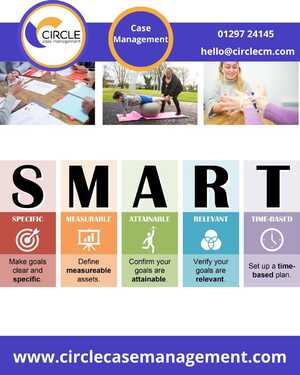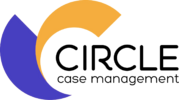What is a SMART goal?

A SMART goal in rehabilitation refers to a goal-setting framework that is Specific, Measurable, Achievable, Relevant, and Time-bound. This approach is widely used in various fields, including healthcare and rehabilitation, to ensure that goals are well-defined and can be effectively pursued. Let's break down each component of a SMART goal in the context of rehabilitation:
-
Specific: Clearly define the goal. Be precise about what you want to achieve. For example, instead of a vague goal like "improve mobility," a specific goal might be "increase range of motion in the right knee by 20 degrees."
-
Measurable: Establish concrete criteria for measuring progress. This could involve using specific measurements, assessments, or observable behaviors. Using the previous example, the measurable aspect would be the 20-degree increase in range of motion.
-
Achievable: Ensure that the goal is realistic and attainable given the individual's abilities and the resources available. It should be challenging but still possible to achieve. Setting an unrealistic goal may lead to frustration and demotivation.
-
Relevant: The goal should be relevant to the individual's overall rehabilitation plan and aligned with their needs and priorities. It should contribute to the broader objectives of rehabilitation, such as improving functional independence or quality of life.
-
Time-bound: Set a specific timeframe for achieving the goal. This adds a sense of urgency and helps in monitoring progress. For example, "increase range of motion in the right knee by 20 degrees within the next six weeks."
An example of a SMART goal in a rehabilitation setting could be: "Over the next eight weeks, increase lower limb strength by 15% as measured by leg press capability, aiming to improve overall mobility and reduce the risk of falls."
Using the SMART criteria helps ensure that rehabilitation goals are well-defined, realistic, and conducive to successful outcomes. It also provides a framework for ongoing evaluation and adjustment of the rehabilitation plan as needed.
Posted by Nicola Kelly on November 13th 2023

